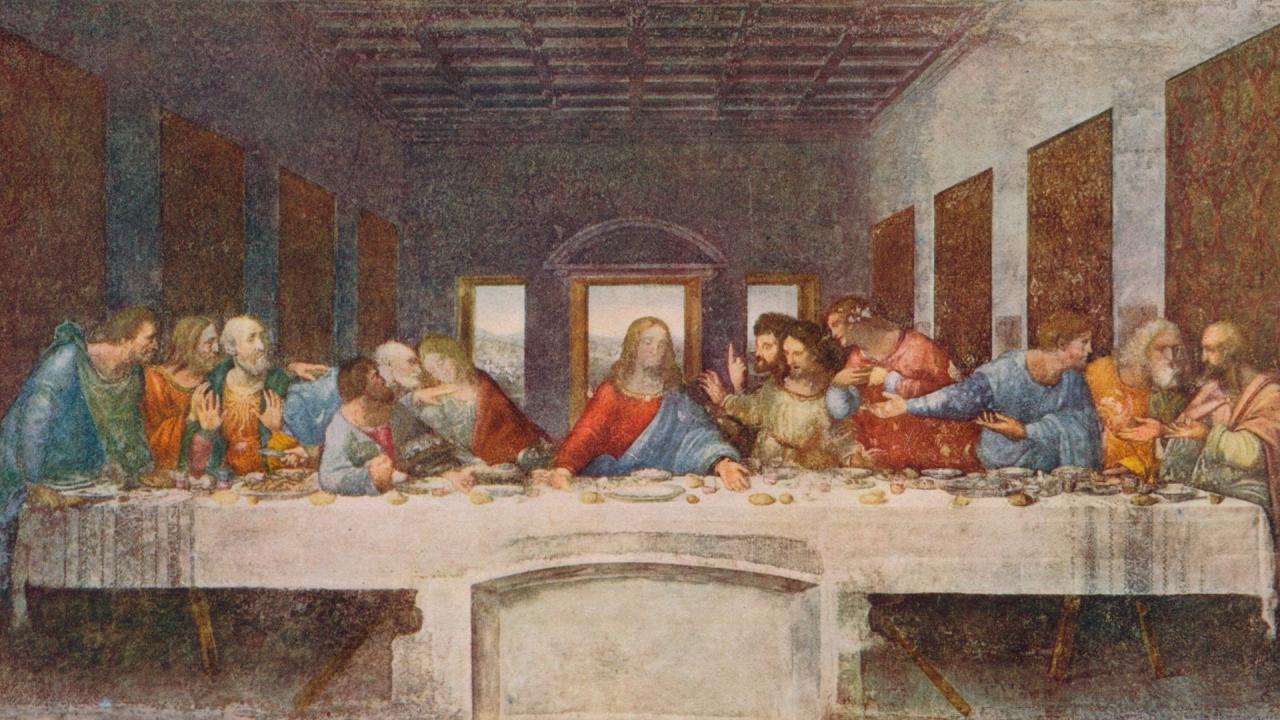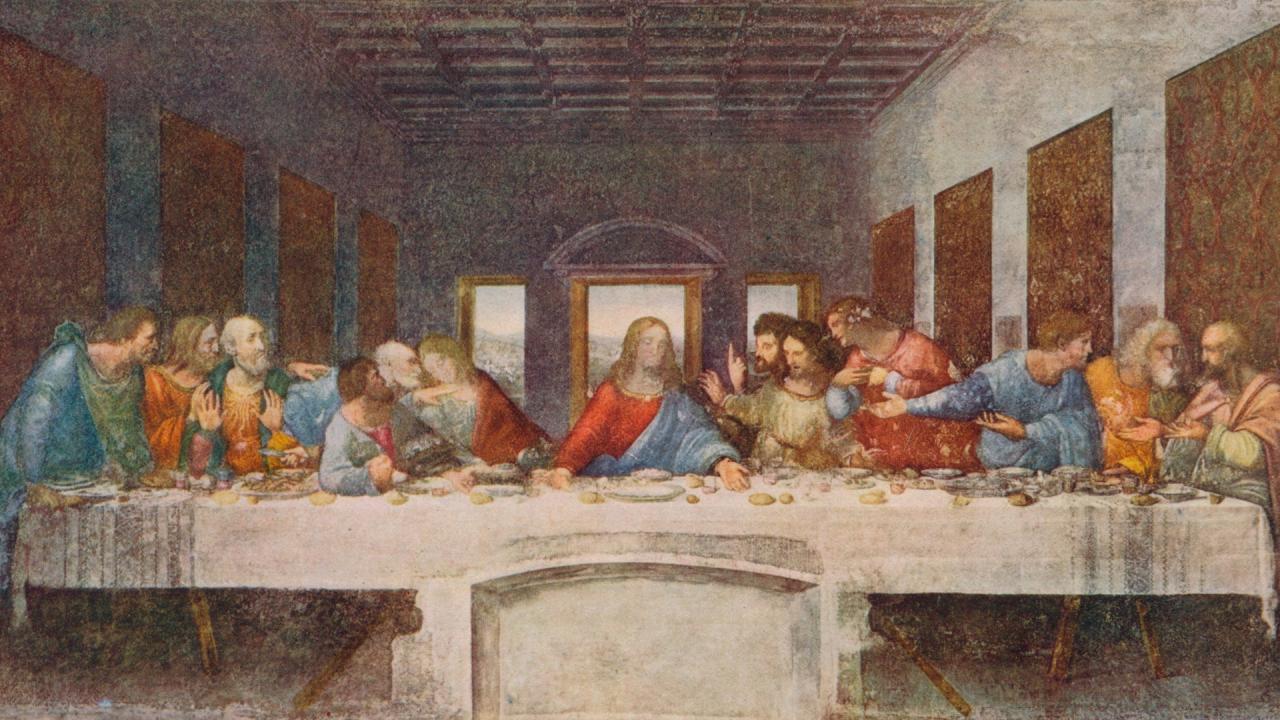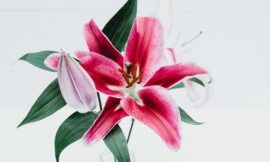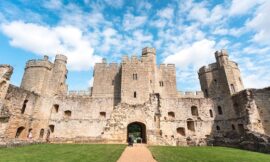
To understand art during the Renaissance, you need to know about Patrons. Patronage of the arts began in the mid 1300's. This is a time when art is created to move you spiritually, creating a devotional object. The patron was the person who hired the artist to do the work, and this was typically to make the patron appear to be a spiritual person, one who was devoted to the Church and God. Lorenzo Medici was a huge patron of the arts, often having his image depicted in the painting, such as in the March of the Magi, in which Medici was shown on a horse and with a multitude of followers, establishing importance as a central figure in society.
Patronage of the arts was also a form of propaganda, showing the achievements of the patron. When patrons were asked to be portrayed in a painting, they would specifically request not to be in the religious scene, which would appear to be prideful. Female patrons were also in the scene, one being Isabella Di Este', who set the tone. She was painted to portray her power and control, and establishing patronage for herself and her family. She was a powerful woman, she was the one who contacted the Pope in Avignon and told him to come back to Rome. She told him that if he dies outside of Rome, that he would go to Hell, the Pope has never left Rome since then.
Mary, the mother of Jesus, becomes a major focal point of the church and portrayed in the arts. She was the beginning of the change in how women are viewed; she became the salvation of womanhood. The Pope was a huge patron of the arts. Some may have thought the Pope to be a humble, spiritual man, but he was just the opposite, he was very worldly and wanted to hold onto his power. He paid a great deal of money to rebuild the credibility of Rome, with the Vatican and St. Peter's Basilica. Money was spent on books and relearning the past through translating Greek Latin and Islamic transcripts.




